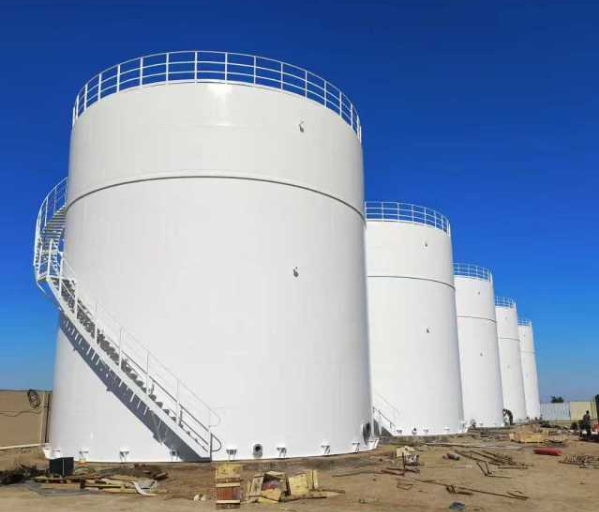Characteristics of Fluorocarbon Topcoat
Fluorocarbon topcoat is a high-performance coating widely used in construction, industrial, and other fields due to its exceptional durability and chemical stability. Its key features include:
1. Superior Weather Resistance
UV Resistance: The high bond energy of C-F in fluorocarbon resins effectively resists UV degradation, maintaining color and gloss for extended periods (typically over 20 years without chalking or fading).
Extreme Climate Adaptability: Resistant to high/low temperatures, acid rain, salt spray, and other harsh conditions, making it ideal for coastal or heavily polluted industrial areas.
2. Outstanding Corrosion Resistance
Chemical Inertness: Highly resistant to acids, alkalis, solvents, and oxidizers, suitable for chemical plants, bridges, and other corrosive environments.
Salt Spray Resistance: Performs exceptionally well in marine climates or high-salinity regions, protecting metal substrates (e.g., aluminum curtain walls, steel structures).
3. Self-Cleaning Properties
Low Surface Energy: Prevents dust and contaminants from adhering, allowing easy cleaning with rainwater, reducing maintenance costs (especially for high-rise building facades).
4. High Decorative Value
Rich Color Options: Available in a wide range of colors with excellent color retention.
Diverse Finishes: Matte, metallic, aluminum-like effects, and more to meet modern architectural aesthetics.
5. Long Service Life
Service life of 20–30 years, far exceeding conventional acrylic or polyurethane coatings (typically 10–15 years).
6. Environmental Friendliness
Some products comply with low-VOC standards, and water-based fluorocarbon coatings are more eco-friendly.

Applications
Construction: Curtain walls, roofs, landmark buildings (e.g., airports, stadiums).
Industrial: Bridges, petrochemical equipment, ships, rail transit.
Special Requirements: Corrosion protection in nuclear plants, high-temperature environments (resistant up to 200°C or higher, depending on formulation).
